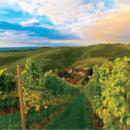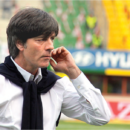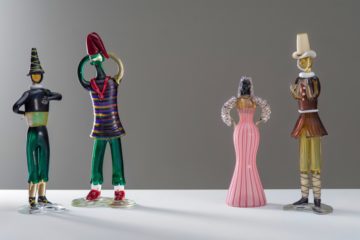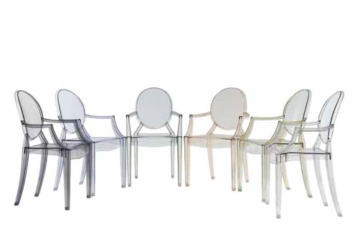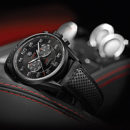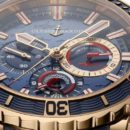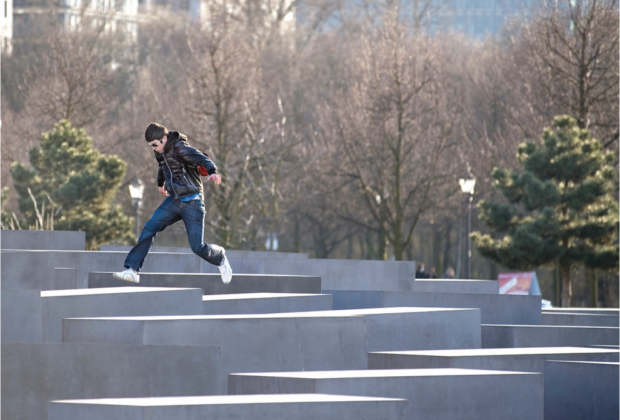
Between two worlds
My first time in Berlin was in 1996, following the invitation of the magazine StadtBauwelt. The city resembled a building site, the wall was coming down and new markets and constructions were emerging. After growing up as two separate cities, the suburbs developed naturally on the border between.
When unification took place, the two suburbs became unexpectedly the city center. The Communist blocks of flats were covered in aluminum, the suburb was all of the sudden improved and monuments emerged on the former border. Probably the most important of these is Daniel Libeskind`s fabulous Jewish Memorial, built as an extension of the Berlin Museum.
But, the most unexpected event of my visit was the meeting with the chief of historical monuments. The former Stalin Alley was being restored, and even more, its original Meissen china architecture was being improved. I, on one hand, claimed punishing the monuments; he, on the other hand, claimed the democratic feature of the boulevard that opened a road equally consistent from the suburb to the center. I, on one hand, boosted the Wester Berlin`s park-district designed by the great architects of the `50s; he, on the other hand, supported the anti-modernism that was making a time bridge between Hensellman`s architecture and postmodernism.
So, things were being done and the city was united under Helmuth Kohn`s modern-imperial architecture. Except the Reichstag wonder (architect Sir Richard Rogers), only the stunning scale of the new constructions perturbs the scenery. The transparent cupola of the Parliament restores the building’s figure, but is less present than an actual reconstruction.
The graffiti made by the Russian soldiers are brought to light, as a reminding co-presence of the new and old times. The transparency is democratic, said the architect, meaning, the people step on the cupola, the symbol of power and see how the elected ones are working. Sometimes they even see too well: it seems that there was at least one espionage case due to hyper-transparency: photographs were taken of the documents placed on the parliamentarians` table. The queue for transparency is huge.
The huge mass of the new erases the past with innocence; the past remains in the present only as a trace, a guide, a pale remnant. In Berlin, guides are nonchalantly being sold to lead you to the new buildings erected after the unification or to what has still remained (a lot!) from the Nazi architecture.


